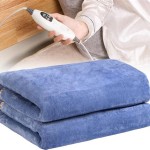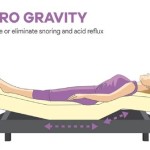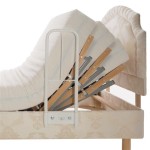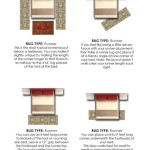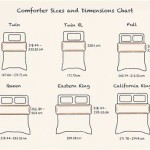Do Plastic Mattress Covers Protect Against Bed Bugs?
Bed bugs are unwelcome guests in any home. These tiny, parasitic insects feed on human blood, leaving itchy bites and causing discomfort. While various solutions exist to combat bed bug infestations, one question that often arises is the effectiveness of plastic mattress covers as a protective measure. This article will delve into the role of plastic mattress covers in preventing bed bug infestations, providing a clear understanding of their benefits and limitations.
Plastic Mattress Covers: A Protective Barrier
Plastic mattress covers, also known as encasements, act as a physical barrier between the mattress and bed bugs. They are typically made from a thick, waterproof material that seals tightly around the mattress, preventing bed bugs from accessing the fabric and feeding on blood. This barrier is crucial as bed bugs can easily hide within the seams, folds, and crevices of mattresses, making it difficult to eliminate them through conventional methods.
The effectiveness of plastic mattress covers lies in their ability to trap bed bugs within the mattress, preventing further breeding and infestation. When used in conjunction with other bed bug control strategies, such as heat treatment or pesticide applications, these covers can significantly improve the chances of successfully eliminating an infestation.
Pros and Cons of Plastic Mattress Covers
While plastic mattress covers offer a valuable layer of protection against bed bugs, it is important to consider their benefits and limitations:
Advantages:
- Physical Barrier: Plastic covers act as a physical barrier, preventing bed bugs from accessing the mattress and feeding on human blood.
- Trap Bed Bugs: The airtight nature of plastic covers traps bed bugs within the mattress, preventing their movement and breeding.
- Long-Term Protection: When used correctly, plastic mattress covers can provide long-term protection against bed bugs, reducing the risk of re-infestation.
- Cost-Effective: Compared to other pest control methods, plastic mattress covers are relatively inexpensive and can be easily purchased online or at home improvement stores.
- Easy to Use: Applying a plastic mattress cover is simple, requiring minimal effort. It typically involves securing the cover around the mattress with zippers or elastic straps.
Disadvantages:
- Heat Trapping: The plastic material can trap heat, making the mattress feel warmer and less comfortable to sleep on, especially during warmer months.
- Noise: Some plastic mattress covers can make noise during sleep due to the rustling of the material and the movement of the sleeper.
- Moisture Build-up: The airtight nature of plastic covers can trap moisture, potentially leading to the growth of mold and mildew within the mattress.
- Not a Standalone Solution: Plastic mattress covers should be used in conjunction with other bed bug control measures, such as professional pest control services or heat treatments, to effectively eliminate an infestation.
Choosing the Right Mattress Cover
When selecting a plastic mattress cover, it is crucial to consider factors such as:
- Material: Choose a cover made from thick, durable, and waterproof material to ensure it forms an effective barrier against bed bugs.
- Fit: The cover should fit snugly around the mattress, preventing any gaps or openings that bed bugs can exploit.
- Zipper Quality: Opt for a cover with a strong and reliable zipper that can withstand repeated use and prevent bed bugs from escaping.
- Brand Reputability: Choose a reputable brand known for producing high-quality mattress covers.
Regularly inspect the mattress cover for any damage or tears, and replace it if necessary to maintain its effectiveness as a bed bug barrier.
Conclusion
Plastic mattress covers are a valuable tool for preventing bed bug infestations. However, it is important to remember that they are not a standalone solution. To effectively eliminate bed bugs, a combined approach involving other control methods is necessary. When used correctly, plastic mattress covers can significantly contribute to a pest-free sleeping environment by acting as a physical barrier, trapping bed bugs, and reducing the risk of re-infestation.

Can You Still Get Bed Bugs With A Mattress Cover

Can Bed Bugs Go Through A Plastic Mattress Cover

The Best Mattress Covers For Bed Bug Protection

Can Bed Bugs Live On Plastic Mattress Covers Pest Control Sleuth

Do Mattress Protectors Prevent Bed Bugs Yes No Here S Why Ecoy

Twin Size Bed Mattress Cover Zipper Plastic Waterproof Bugs Protector Mites Com

Full Size Mattress Cover Zipper Waterproof Plastic Bed Bug Dust Mites Allergens Com

Bed Bug Mattress Covers 33cm Depth Experts Pestrol

Can You Still Get Bed Bugs With A Mattress Cover

Twin Waterproof Bed Bug Dust Mite Cotton Mattress Protector Bluestone Target
Related Posts
